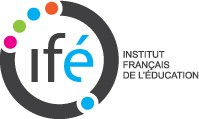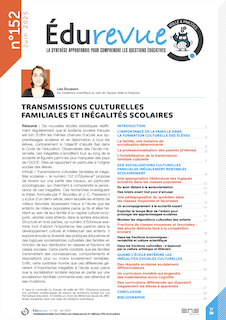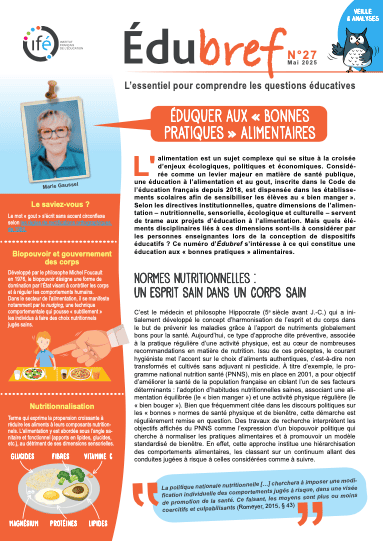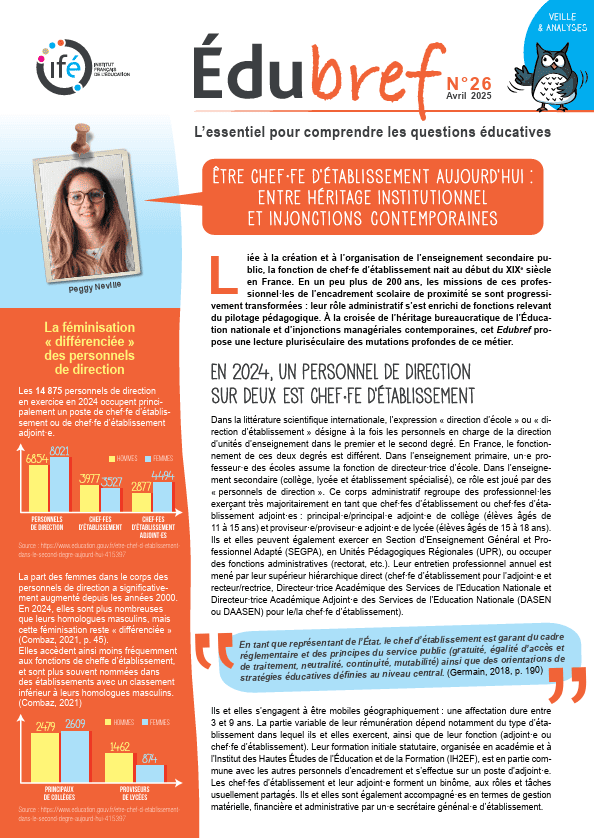| à propos de la revue | sommaires des autres numéros |
PISA in focus/ PISA à la loupe
Référence : n°103
Thème : Where did reading proficiency improve over time ?
RESUME :
Evolving technologies have changed the ways people read and exchange information, whether at home, at school or in the workplace. When PISA assessed 15-year-olds’ reading literacy for the first time, in 2000, only in two countries – Canada and Norway – did more than 50% of the population use the Internet. In 2009, about 15% of students in OECD countries, on average, reported that they did not have access to the Internet at home. By 2018, that proportion had shrunk to less than 5%. The growth in access to online services is likely to be even larger than suggested by these percentages, which hide the exponential growth in the quality of Internet services and the explosion of mobile Internet services over the past decade.
In many respects, the challenges that readers encounter today, in a highly digitalised environment, are greater than those encountered in the world of printed books, manuals and newspapers. To navigate successfully the information provided in electronic text formats, people need to use complex strategies to analyse, synthesise, integrate and interpret relevant information from multiple sources when they read. But are students – and education systems – rising to the challenge of mastering reading skills for the digital age?
Informations complémentaires :
https://www.oecd-ilibrary.org/.../where-did-reading-proficiency-improve-over-time_e54d62dc-en













